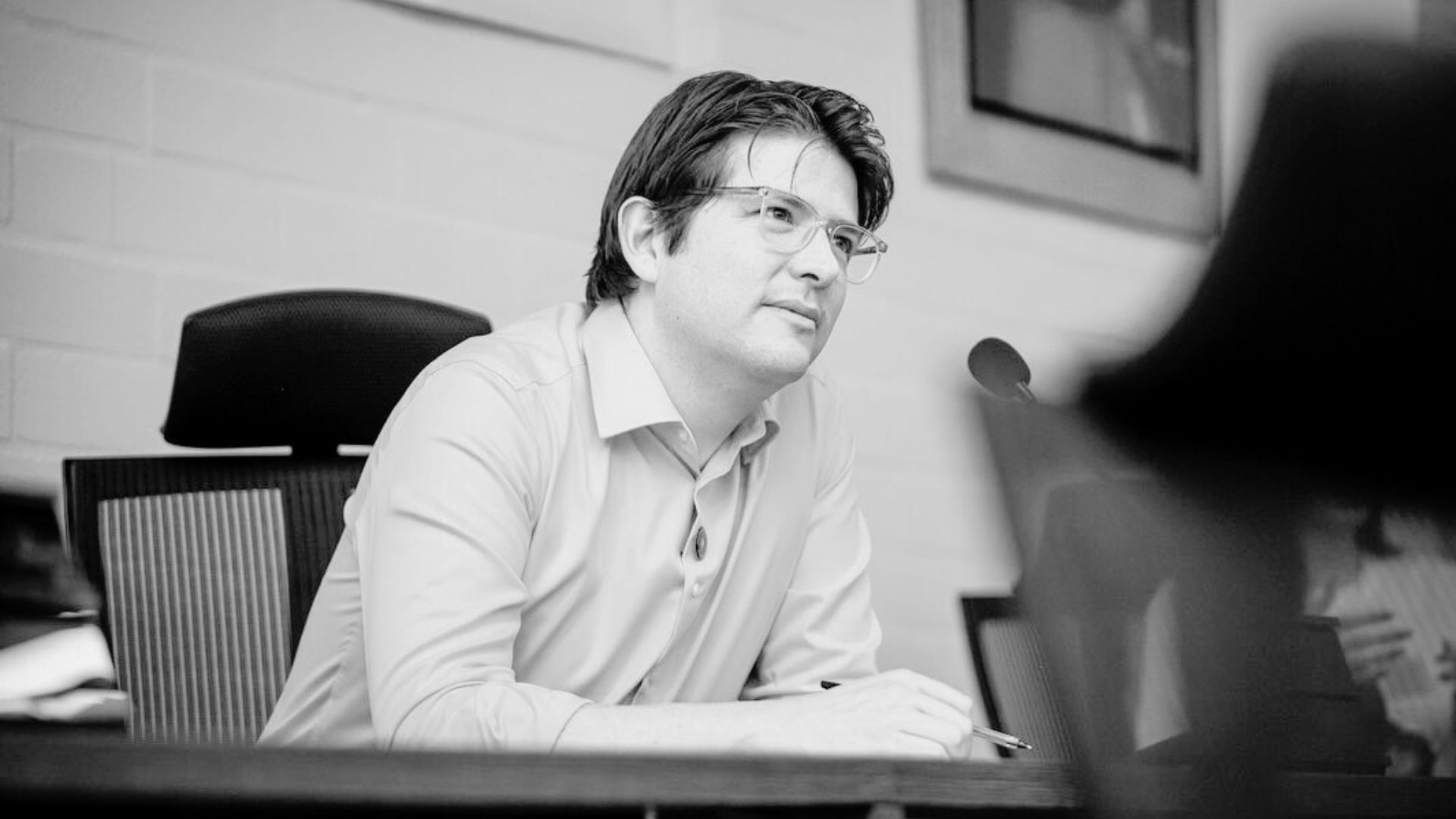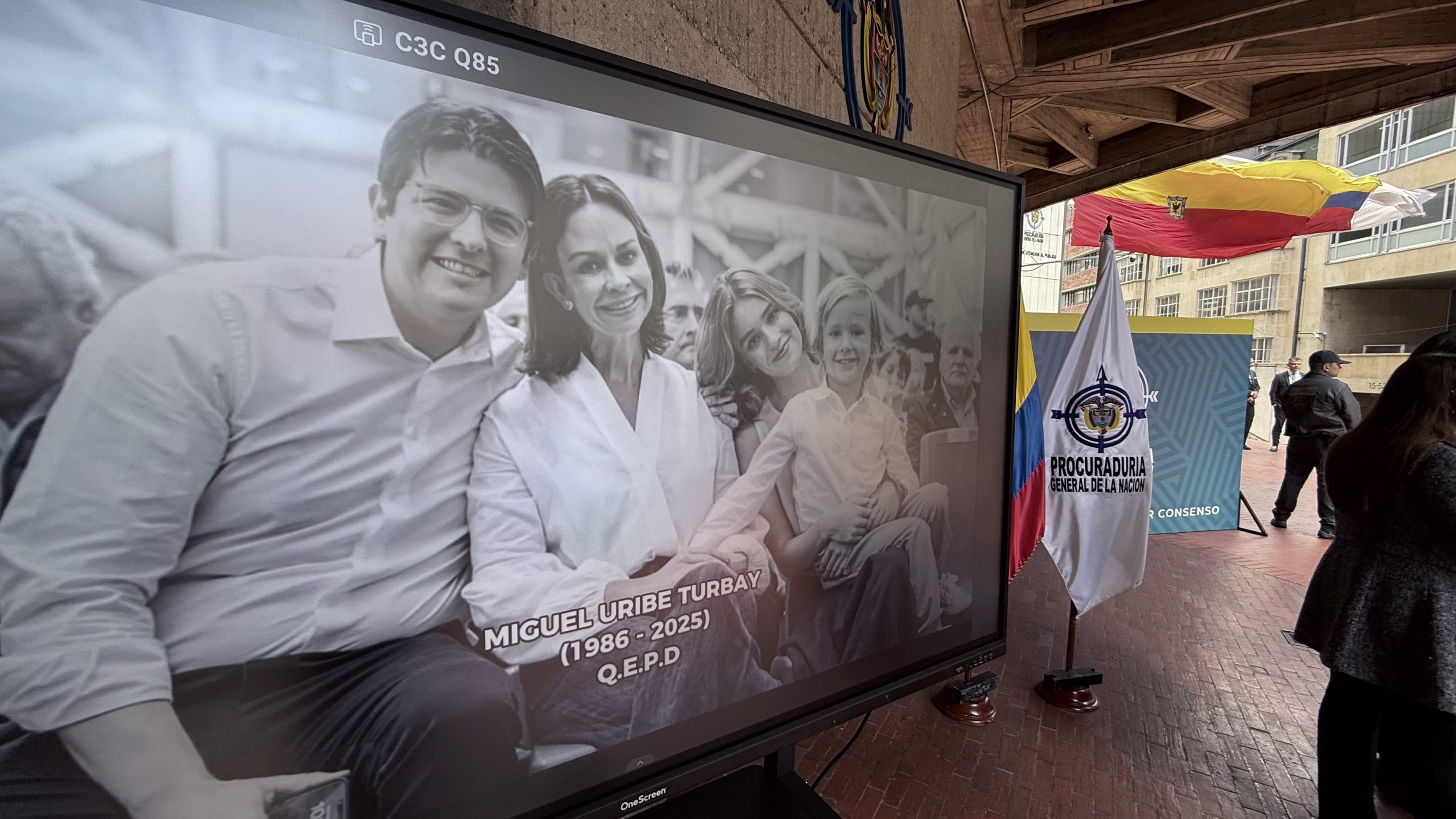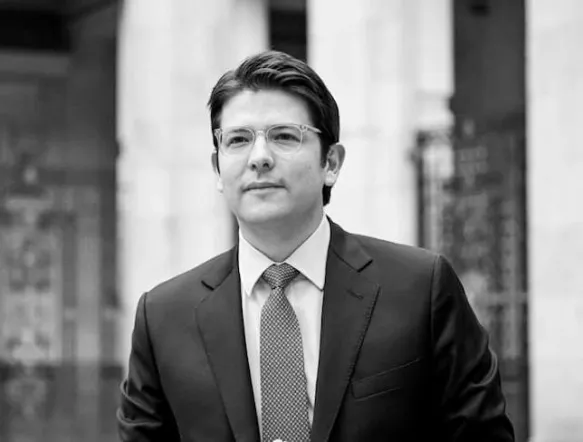The medical battle to save Miguel Uribe Turbay's life: this is how he spent two months in the Intensive Care Unit.

On June 7, 2025, two gunshots changed Colombia's political landscape, resulting in a new assassination that has plunged the country into mourning and brought violence back to the front pages of newspapers. Senator and national political figure Miguel Uribe Turbay, who was participating in a public event, was shot while giving a speech in the Modelia neighborhood of Bogotá.
The attack—perpetrated, according to the Prosecutor's Office and the Police, by a minor and planned by several people—resulted in a unanimous condemnation. One bullet hit his head (and another in his leg) and triggered a 66-day battle that took place in the operating room and the Intensive Care Unit (ICU) of the Santa Fe Foundation in Bogotá.

Miguel Uribe passed away on August 11, 2025. Photo: Facebook: Miguel Uribe Turbay
The first place to treat the political leader was the Medicentro Familiar Clinic in Fontibón. There, he was stabilized before being referred to the Santa Fe Foundation in Bogotá, where he arrived around 8:30 p.m. with a diagnosis of severe head trauma and injuries to his left thigh. Within minutes, an interdisciplinary team decided to perform emergency surgery.
The first surgery combined a neurosurgical procedure—to evacuate hematomas and reduce intracranial pressure—with peripheral vascular repair in the leg. The procedure ended after midnight. The initial medical report, signed by Medical Director Adolfo Llinás Volpe, described the patient's condition as critical with a reserved prognosis.
The following morning, the Foundation confirmed his transfer to the ICU for postoperative stabilization. The following days became a constant battle against neurological deterioration. On June 9, a statement revealed that the senator was showing "little response to the interventions and medical management performed." On the 10th, it was confirmed that he remained in critical condition, with no substantial progress.
A respite came on June 13, when the seventh medical report reported a slight decrease in intracranial pressure. It was a dim light, allowing for assessment of possible injuries and changes in recovery. However, the lull was short-lived: on June 16, at 7:10 a.m., it was reported that he had undergone further complementary surgery. The CT scan showed expected results, but his condition remained critical and the neurological prognosis was reserved.

The senator died at the age of 39, the victim of an attack. Photo: MAURICIO MORENO
On June 18, after eleven days in the ICU, his condition remained unchanged. There, the Santa Fe Foundation decided to reduce the frequency of official announcements: new reports would only be issued in the event of significant clinical changes.
June 24th marked a milestone in the medical strategy. In the previous 72 hours, Uribe had received a tracheostomy and a gastrostomy, procedures designed to facilitate prolonged ventilation and feeding in critically ill patients, with the goal of "de-escalating" his condition. The Foundation then announced that he was entering a subacute, though still serious, phase.
On July 3, a new surgical intervention sought to reinforce the stability achieved. The medical report reported controlled hemodynamic parameters, permanent mechanical ventilation, sedation, and neuromuscular relaxation. The battle, however, remained uphill: the initial injuries had caused massive and persistent brain damage.
On August 9, after weeks of relative control, a dramatic setback occurred. Hemorrhage in the central nervous system required emergency neurosurgical procedures. Although the patient was temporarily stabilized, his condition once again became critical. The clinical picture was that of a patient with cumulative neurological damage, persistent inflammation, and recurrent bleeding—a scenario that even the most experienced teams recognize as extremely complex.
At 1:56 a.m. on August 11, and after seventeen statements regarding the senator's health and condition, the Santa Fe Foundation confirmed the death of Miguel Uribe Turbay. In its statement, it emphasized that for more than two months, "the medical team worked tirelessly" to save him, supporting his family at all times.

Miguel Uribe died early Monday morning. Photo: Personal archive
In the assassination of Uribe Turbay, the bullets not only passed through bone and brain tissue; they altered, from the first moment, the delicate architecture that sustains vital functions. The penetrating head trauma caused acute intracerebral hemorrhage, edema, and displacement of critical structures, compromising cerebral blood flow. This type of damage generates an inflammatory cascade that, if left unchecked, leads to brain herniation, one of the leading causes of death in patients with similar injuries.
In this case, neurosurgeons evacuated hematomas, decompressed cavities, and controlled edema, under the leadership of Fernando Hakim, one of the most renowned specialists in this field in Colombia. However, persistent inflammation and recurrent bleeding—such as those on June 15 and August 9—led to progressive neurological deterioration. Ventilatory support, intracranial monitoring, and periodic interventions were tools to sustain life while awaiting a clinical response that never arrived in a sustained manner.
The Santa Fe Foundation team included specialists in neurosurgery, intensive care, neurology, anesthesiology, and specialized nursing. Beyond science, they supported the senator's family throughout a process that, day after day, combined hope with medical reality.
Environment and Health Journalist
eltiempo




%3Aformat(png)%3Aquality(99)%3Awatermark(f.elconfidencial.com%2Ffile%2Fa73%2Ff85%2Fd17%2Fa73f85d17f0b2300eddff0d114d4ab10.png%2C0%2C275%2C1)%2Ff.elconfidencial.com%2Foriginal%2Ffc7%2F8f3%2F6bf%2Ffc78f36bf02997b52e31c0a63daf91cb.png&w=1280&q=100)